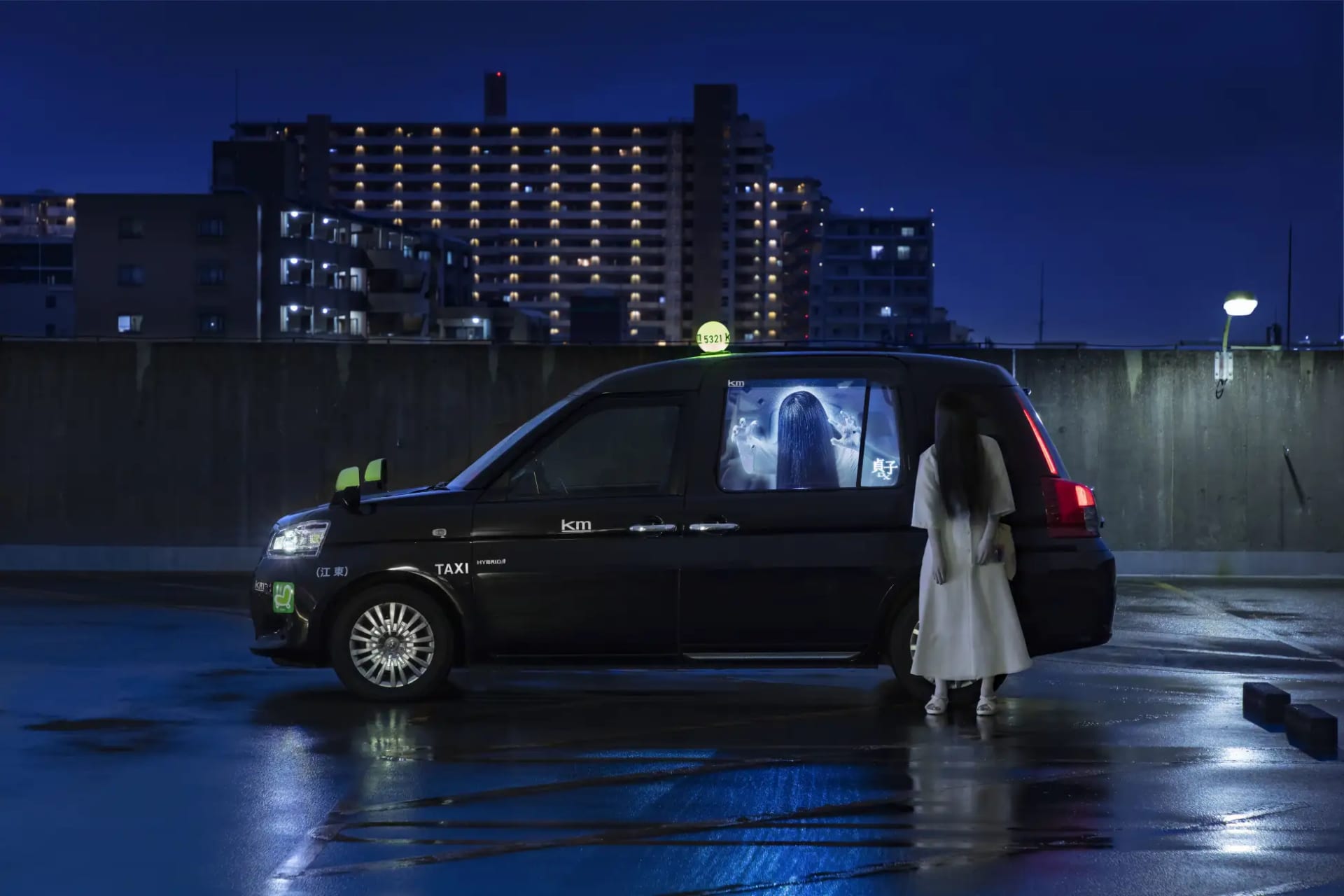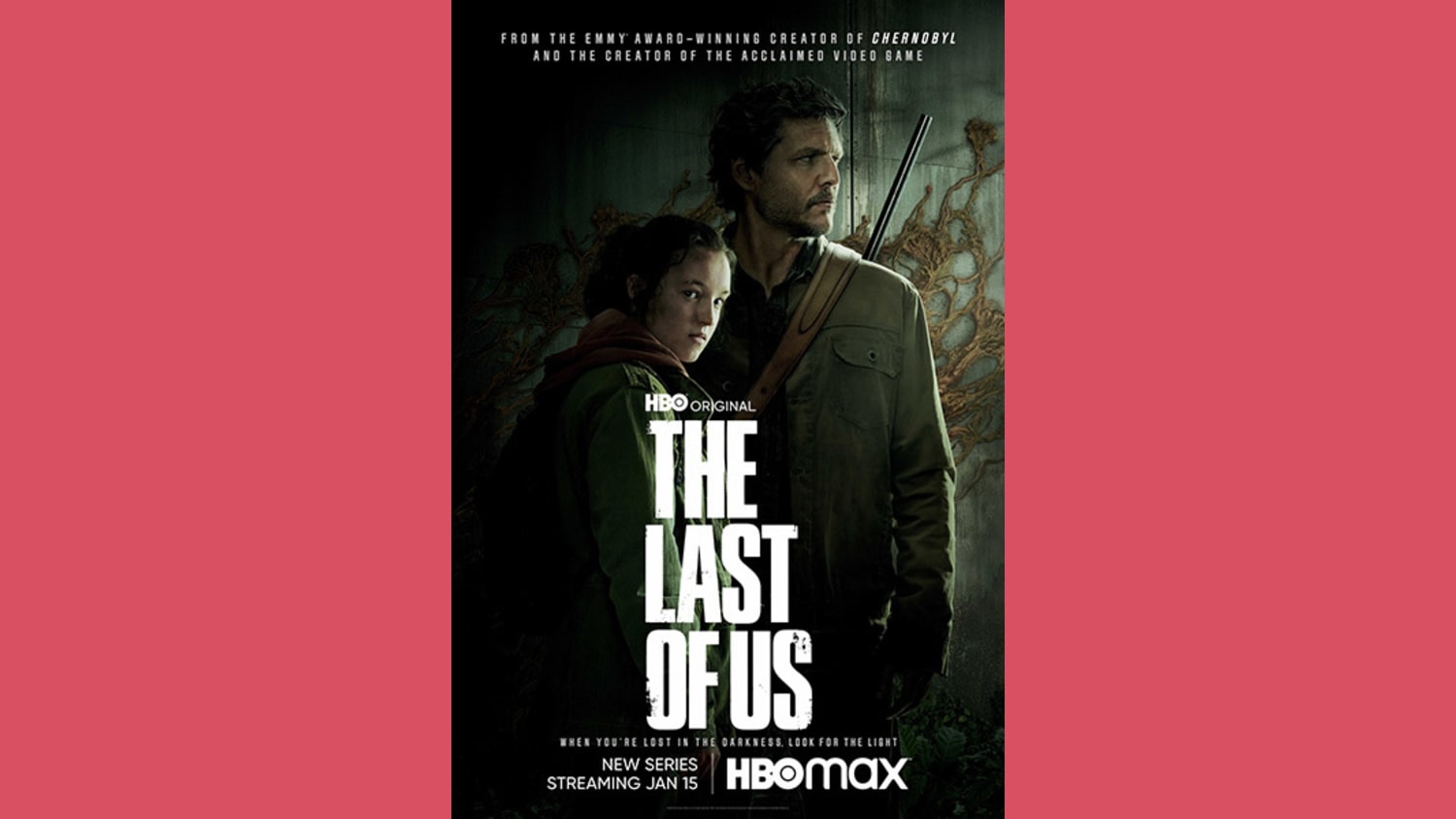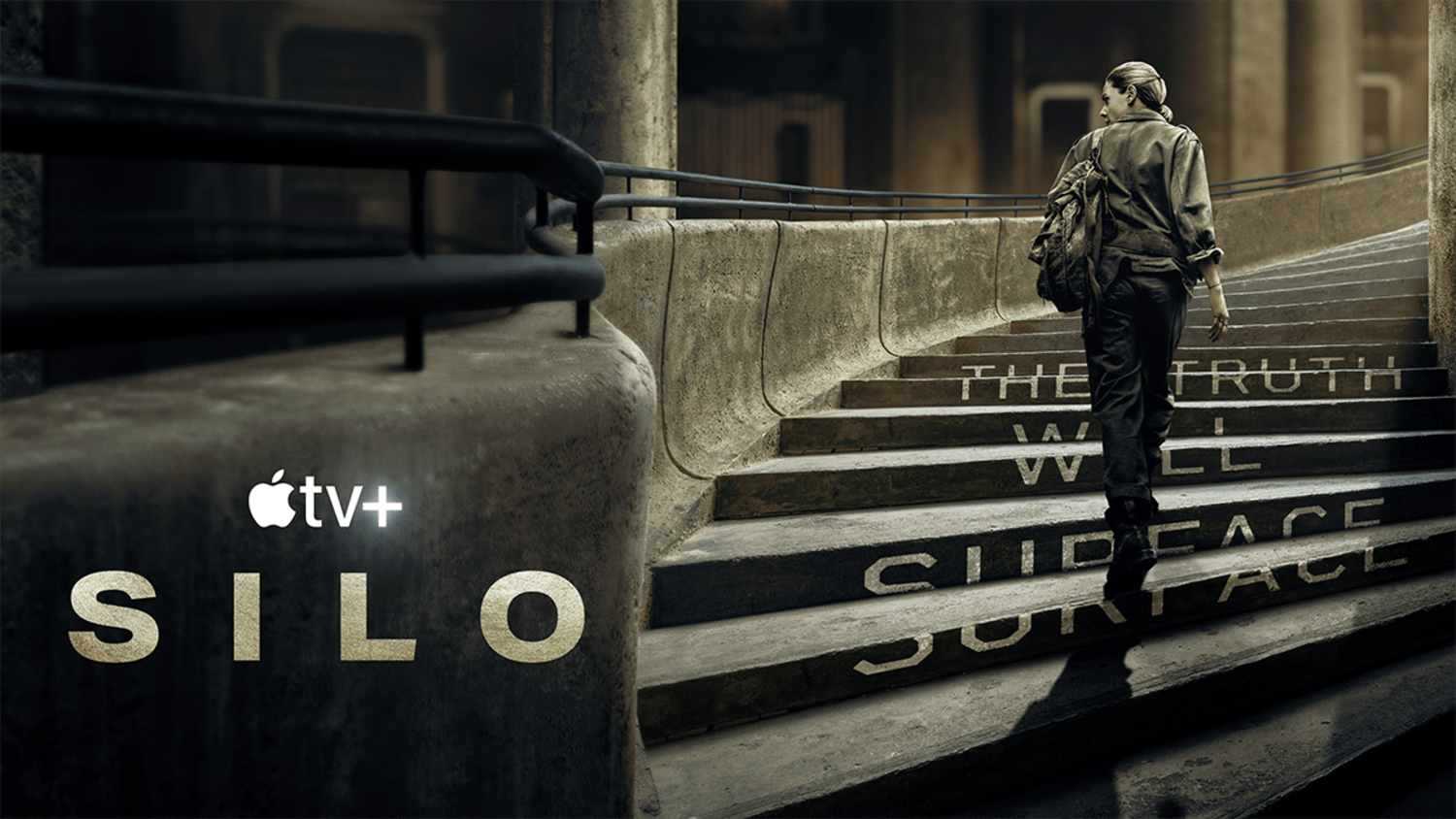Content that mines supernatural themes is also on the rise. The Uncanny podcast, which explores tales of the paranormal, has been commissioned by the BBC as a full-fledged TV show after racking up more than 5 million listens worldwide. Danny Robins, its creator and host, explained to the Guardian that when real life feels horrific, audiences “want to feel that hit of fear.” But why?
Horror offers a simple enjoyable adrenalin rush for some, but for others it seems to operate as a safety valve. If we inhabit a world that feels unsafe or chaotic, horror can supply a route to safely process anxiety and renew our sense of control. In our study, 55% agree that horror provides an opportunity to experience fear in a safe environment (rising to 64% of generation Z).
Coltan Scrivner, a behavioral scientist at Denmark’s Recreational Fear Lab at Aarhus University, has conducted pioneering research on horror and morbid curiosity. “Think of recreational fear as an off ramp for anxiety,” he suggests. “Feeling anxious, you’re in a vicious cycle and you can’t get off. Now you open a doorway for something to feel anxious about, but it’s finite and controllable. If I get too scared, I can watch it with the lights on; I can turn the sound down; I can manipulate the source of the anxiety. It gives you a sense of control. You’re scared for 90 minutes, and then it’s over.”
This notion of fictional horror as a salve could explain the genre’s popularity among underrepresented groups and underline rising demands for inclusion. Black horror, epitomized by Jordan Peele’s films Get Out, Us, and Nope, grapples with the real-life experience of racism and inequality. Likewise, for LGBTQ+ viewers, treated as “other” by heteronormative society, horror can be a means to process their experience. Even the common trope of “final girls,” who survive to the last frame of a movie to tell the tale, offers a form of cinematic female empowerment from the only genre to give women more screen time than men.
Horror and scares can also offer simulations of potential dangers, helping us to learn and prepare for the challenges ahead. This accounts for a pandemic spike in streams of the film Contagion, according to Scrivner. He explains that “what people were doing is searching for this fictional example of what a pandemic looks like, at the same exact time that they were searching for real information about the pandemic.”
Our experts told us that scares can also offer a kind of transcendence, by showing us we are part of something beyond the everyday. The uncanny and the supernatural offer mystery and a sense that there might be more to life.
Is there a way for brands to tap into this dark fascination? Yes, say our experts, but with caveats. Scrivner suggests brands keep inclusivity in mind and position fear as a challenge that anyone can tackle, rather than something too skills oriented. A good example might be a 2022 activation from S.Ride, a Tokyo cab service, which dared passengers to ride along with Sadako, the ghost girl from The Ring. The “Spellbound by Sweden” campaign from Visit Sweden is a chilling audio story based on Swedish mythical creatures that is geo, designed to be enjoyed when exploring the country’s forests. Scrivner cautions that fear requires a fine balance, though: too much and the audience is terrified; too little and they are bored.




